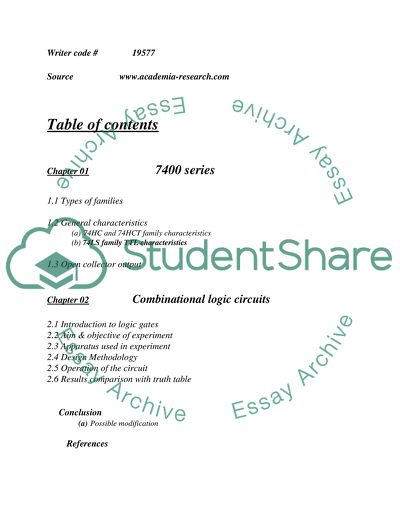Cite this document
(“Combinational Logics Lab Report Example | Topics and Well Written Essays - 1500 words”, n.d.)
Combinational Logics Lab Report Example | Topics and Well Written Essays - 1500 words. Retrieved from https://studentshare.org/technology/1515499-combinational-logics
Combinational Logics Lab Report Example | Topics and Well Written Essays - 1500 words. Retrieved from https://studentshare.org/technology/1515499-combinational-logics
(Combinational Logics Lab Report Example | Topics and Well Written Essays - 1500 Words)
Combinational Logics Lab Report Example | Topics and Well Written Essays - 1500 Words. https://studentshare.org/technology/1515499-combinational-logics.
Combinational Logics Lab Report Example | Topics and Well Written Essays - 1500 Words. https://studentshare.org/technology/1515499-combinational-logics.
“Combinational Logics Lab Report Example | Topics and Well Written Essays - 1500 Words”, n.d. https://studentshare.org/technology/1515499-combinational-logics.


